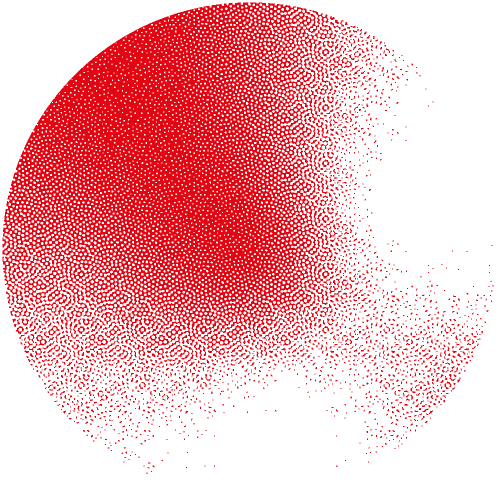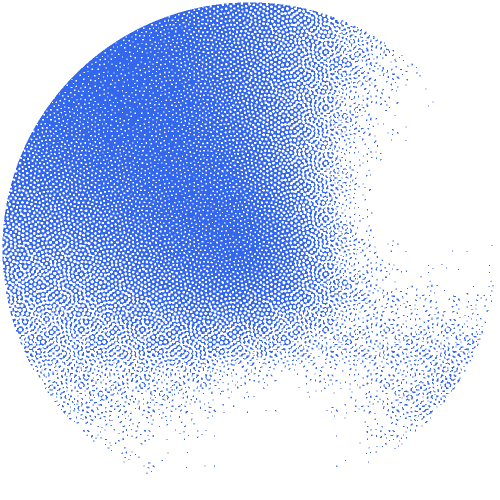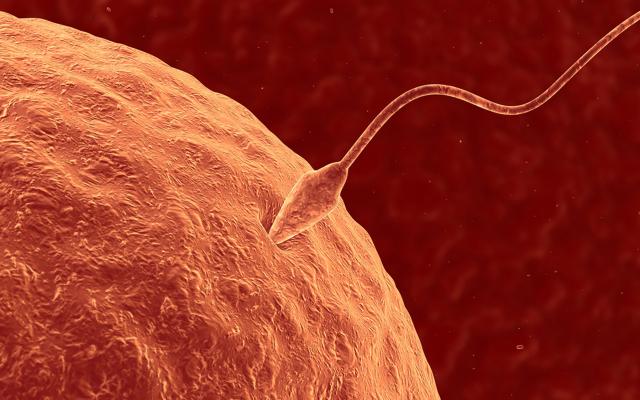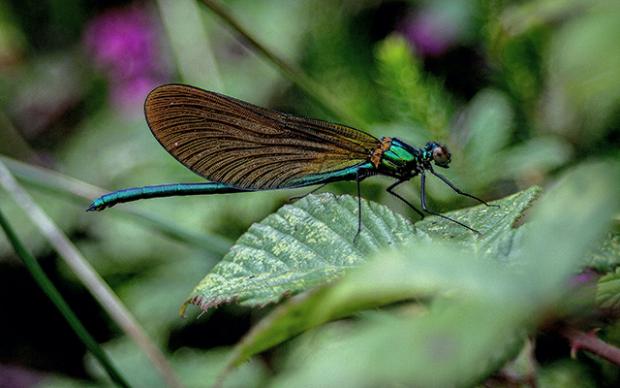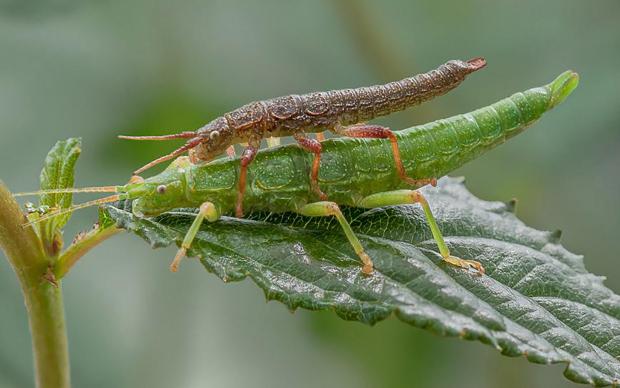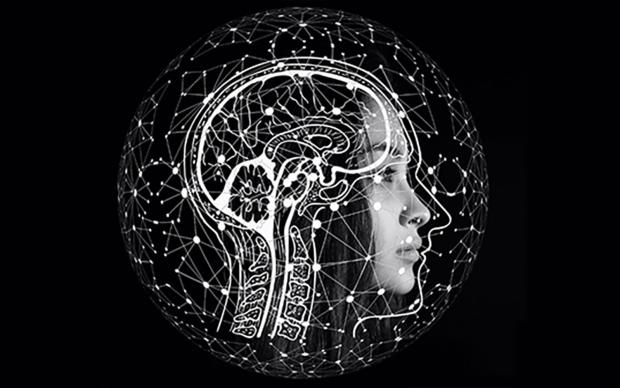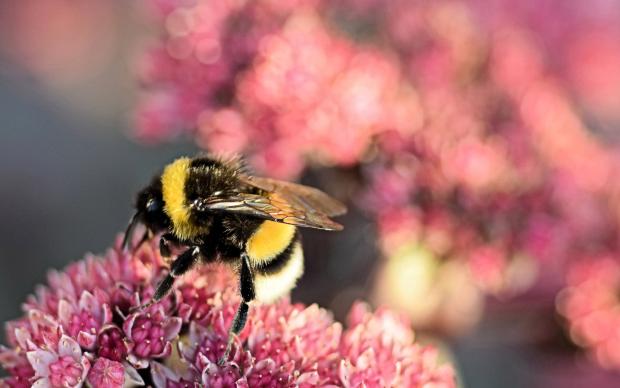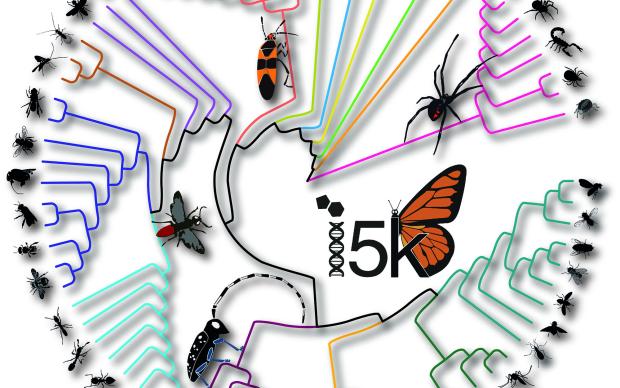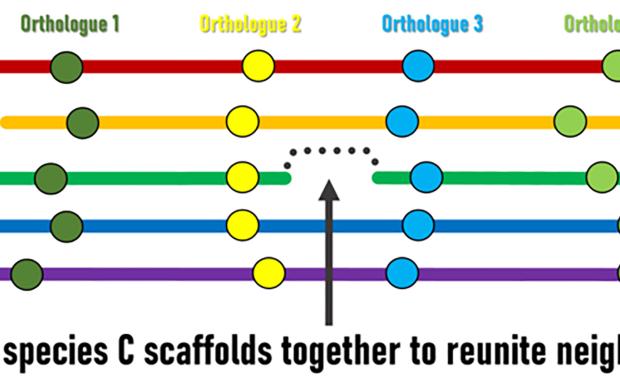The protein responsible for the fusion between egg and sperm may have appeared long before the organisms that rely on it for their sexual reproduction (e.g., plants and animals). This finding results from a study led by an international team of researchers including at SIB, now published in Nature Communications. According to the research, the protein may have appeared in the bacteria-like microorganisms called archaea, about 3 billion years ago.
From AI to bioinformatics and crystallography
For this study, the researchers combined bioinformatics, computational evolutionary biology, protein domain prediction with AlphaFold – an artificial intelligence programme developed by Google’s DeepMind, and X-ray crystallography. The researchers determined the atomic structure of an archaeal fusexin to show that it belongs to the fusexin superfamily. They also showed that it can promote cell-cell fusion when expressed in mammalian cells. In addition, they conducted phylogenetic analyses suggesting that archaeal fusexins could be the ancestors of the whole superfamily, and later acquired by eukaryotes and viruses.
Next research steps
Future steps will be to better understand the role the proteins in archaea and to establish the evolutionary history linking the ancient version of the proteins to their more recent eukaryotic version. Overall, the findings may help to understand how cells evolved from apparently simple forms to the complex life forms that reproduce today.
The team of scientists was led by Karolinska Institutet, Technion-Israel Institute of Technology, CONICET in Argentina, Universidad de la República and Institut Pasteur in Uruguay, and in Switzerland, the SIB Swiss Institute of Bioinformatics and University of Lausanne.
The preprint of this article was selected as one of the SIB Remarkable Outputs of 2021, the shortlist of achievements by SIB Scientists that are particularly deserving attention.
